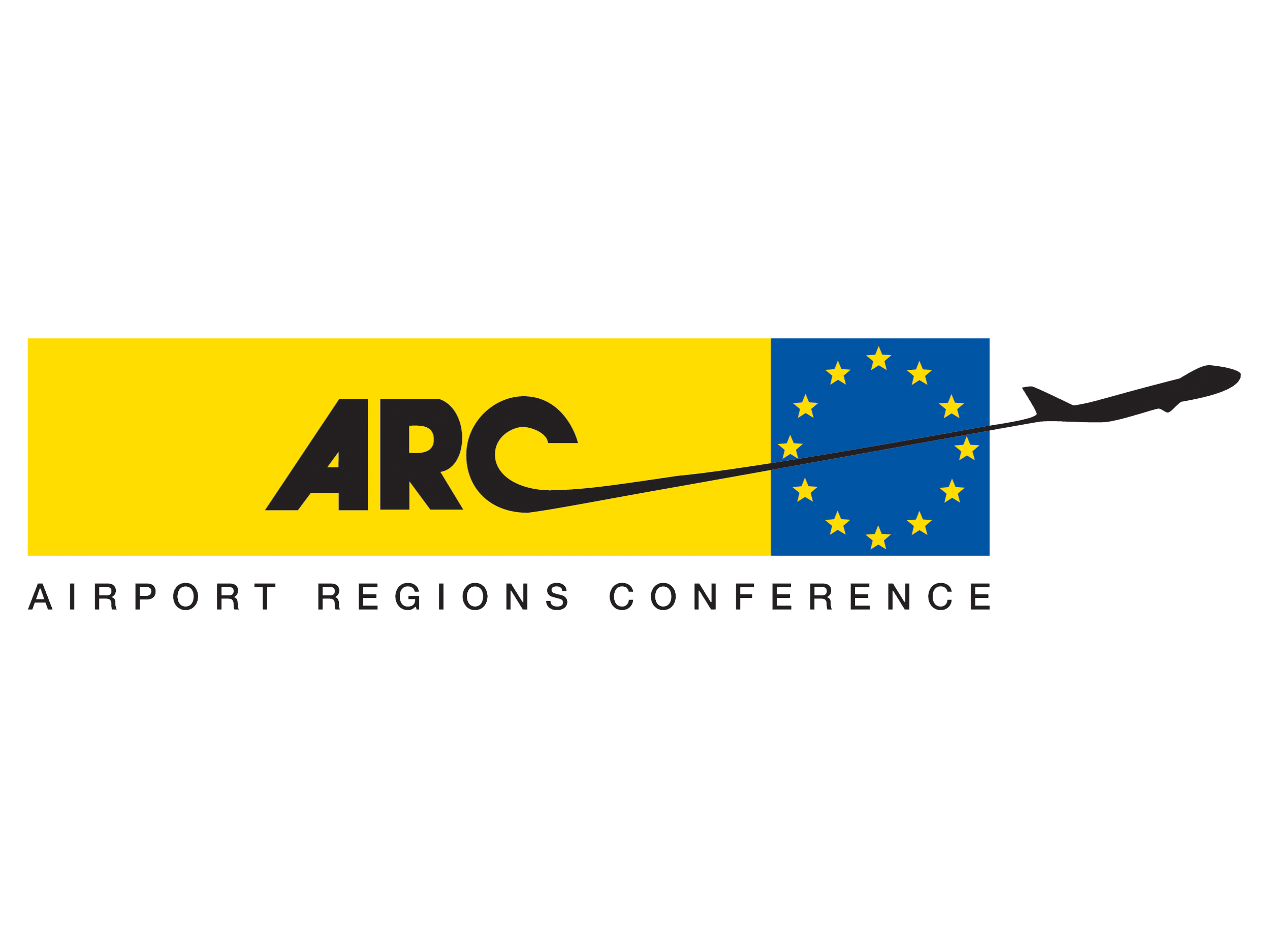Skill gaps and mismatches: 5 solutions for airport areas
- Airport Regions

- Jan 22, 2020
- 3 min read
Updated: Mar 22, 2022
The dynamics of today’s labour market make it more difficult to define a coherent set of skills matching the needs of employers. Meanwhile, structural trends challenge Europe’s ability to provide the skills needed for economic growth and competitiveness. These factors cause skill gaps which have an adverse impact on citizens, enterprises, economies and societies. To reduce skill gaps, measures such as training, skilled migration and education based on the specific needs of employers need to be taken.
Solution 1: Skilled migration
The Regional Authority FrankfurtRheinMain, a DREAAM project partner, developed a skilled migration strategy for attracting and retaining international young professionals. As the region’s economic development relies on foreign professionals, the strategy aims to promote FrankfurtRheinMain as an inclusive place. The region brands itself as a home for people from all over the world, representing a total of 200 nations.
Solution 2: Act on demographic changes
A rapidly ageing European population is currently leading to a large lack of experienced workers in the coming decades, while those nearing retirement will need to adapt to the new skills that many jobs need. Due to demographic changes, the metropolitan region of FrankfurtRheinMain estimates a current lack of 184,000 employees, particularly in the aviation sector. By 2030, a gap increase of up to 288,000 professionals is forecasted. To counter the labour shortage, the region came up with several solutions to maintain an inclusive network of international professionals, such as:
• Germany’s best place, www.find-it-in-frm.de – which is a digital platform providing all important information, practical hints and contacts for living and working in FrankfurtRheinMain.
• FrankfurtRheinMain International Office – which is an advisory body offering guidance for international professionals in different languages (German, English, Arabic, French, Italian, Spanish, Dutch).
• Think Tank Professionals 4 FRM – which is an interdisciplinary network with 150 stakeholders offering support to newcomers. Among the stakeholders, there are public authorities, the Chamber of Commerce and Industries, the Chamber of Craft, the Federal Employment Agency, the Immigration Authorities, universities, colleges and international schools.
Solution 3: Partnerships
Partnerships with local organisations can also help connect employers with job seekers. The DREAAM project partners visited different structures linked to the airport and employment strategies in the region of FrankfurtRheinMain. CargoSteps, for instance, is a start-up which develops tracking software. It funded Haus61, a living lab on innovation in the logistics sector, in order to develop partnerships and allow other start-ups to benefit from their network. The start-ups benefit from free office rental and Wi-Fi for one year as well as from the extended contact network of CargoSteps.
Solution 4: Serve the needs of your people
Services inside the airport area are equally crucial for filling in the labour shortage. The Airport Agency Rhein-Main (Bundesagentur für Arbeit – Agentur für Arbeit Frankfurt/Main) developed a range of services for employers, such as personalised guidance, financial assistance for staff retraining and support in strategic human resources planning.
Solution 5: Education and training
Other factors responsible for skill shortages are insufficient training, education and training systems responding slowly to market changes, skill-biased technological progress and business cycles. To address skill shortage, the Fraport Training Centre prepares students in maintenance and mechanics. Around 100 students, with ages ranging between 14 and 36 years old, are trained by the centre.
Further solutions through the DREAAM project
The upgrading and matching of skills are important for Europe’s future growth potential and employment equity. While supporting this goal, the DREAAM project also attempts to find best practices for reducing the skills gap, such as transparent communication and increased visibility of job opportunities. Communication is key to increasing awareness about the job market, as skills mismatch is furthermore a function of asymmetric information between jobseekers, workers and firms. In order to tackle the mismatch, career guidance and counselling services must be improved.




